Introduction
Aluminum heat sinks are the most popular these days. If you are new to this field, you may want to know about the basics of aluminum heat sinks. This article will help you learn about all the important details linked with your aluminum heat sinks. All you have to do is to read this article till the end.

What Is Aluminum Heat Sink?
Heat sinks made from aluminum materials are known as aluminum heat sinks. These heat sinks are known to have the highest thermal conductivity with low strength. Manufacturers use different grades of aluminum in the production of heat sinks. Normally used aluminum grades are 6063, 6061, 6060, or 1050. Each has its features and benefits.
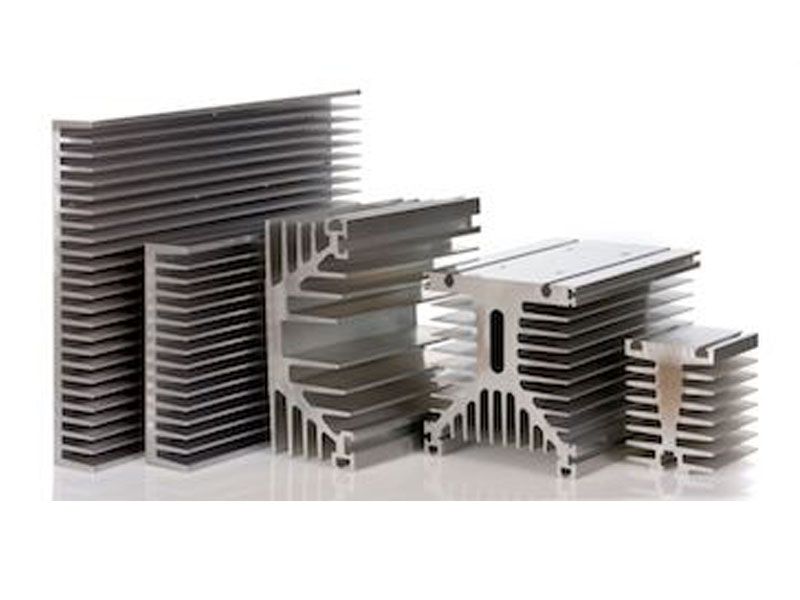
Most consumers prefer aluminum heat sinks since they are affordable compared to copper heat sinks. At the same time, extruded heat sinks made through aluminum alloy are known to match the needs of most users. Aluminum heat sink conforms to all standards & is a lightweight solution . Hence, low weight is put on your device.
Some most common industries that take full advantage of aluminum heat sinks are listed below:
- Aerospace
- Medical
- Automotive
- Electronics
- Solar thermal water systems.
- Geothermal cooling and heating.
- Infrastructure projects
Aluminum heat sinks are cheaper and mostly used for applications where there are no strict requirements for hot component. It is quite easy to manufacture and consumes much less time.
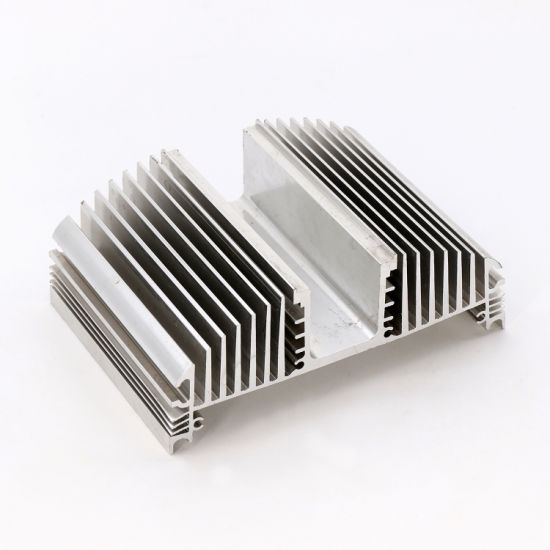
Is Aluminum Heat Sink Good One?
You should know that there are two main types of heat sink materials. These materials are copper and aluminum alloys. When choosing any one between the two, you need to ensure that which one fits your requirements and budget in the best possible ways. Now, if you think about aluminum alloy, it is cheaper and fits most applications.
At the same time, copper is also a good option but expensive. You may use it for complex heating solutions. You have to analyze multiple factors by comparing aluminum and copper. It will give you an accurate idea of which one is an ideal fit for you. The main difference between the copper heat sink and the aluminum heat sink is their thermal conductivity.
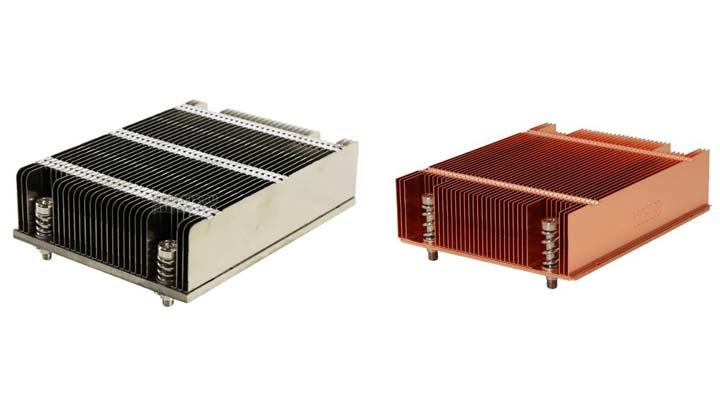
Copper heat sinks possess the highest thermal conductivity compared to aluminum heat sinks. This is why copper heat sinks are expensive. People mostly prefer aluminum alloy due to its low prices and matching properties with many applications. However, copper has high density as compared to aluminum.
So, aluminum alloy can be best for your heat sinks if you are looking for a lightweight option. Aluminum is a popular option, while copper can be effective if you can afford one.
How Does Aluminum Heat Sink Work?
Before moving towards the working of your heat sink, it is important to know its most common manufacturing process. Well, there is no single method to manufacture your heat sinks. Some common ways to manufacture your heat sinks are skived, bonded, extruded, zipper fin, die cast, forged, and CNC machine methods.
The working process of your heat sinks may vary depending on its type and the manufacturing method. It aims to flow away the heat of your hot device to keep it cool and active. There are four main steps to complete the working of your aluminum heat sinks. These steps are common in almost all types of heat sinks.
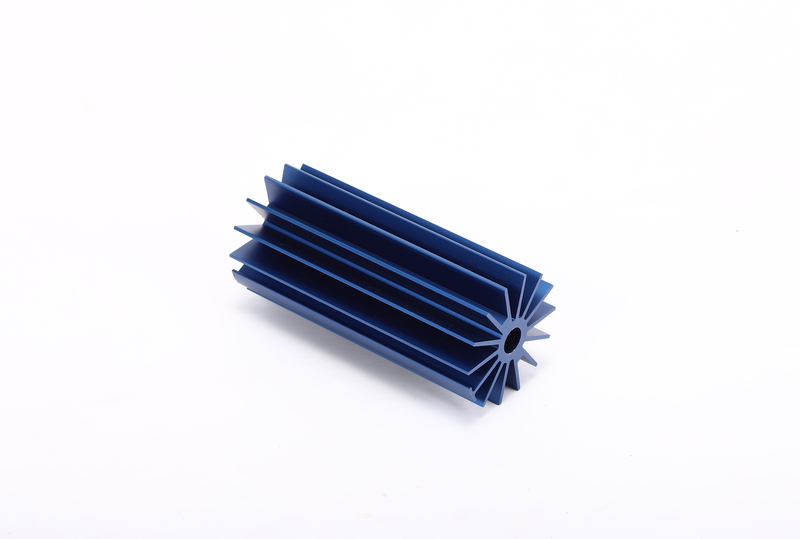
Step 1:
The heat sink source generates heat due to its functioning. This source can be any one among the sources given below:
- Mechanical
- Nuclear
- Electrical
- Chemical
- Solar.
Step 2
In the second step, heat is transmitted away from the source. This is mostly performed through the help of heat pipes.
Step 3
In the third step, your heat sink device will divide the heat generated evenly. Note that heat sinks mostly have a higher temperature towards the source while a low temperature towards the extremities of heat sinks.
Step 4
In the last step, heat sinks will help you to get rid of the heat generated by the source. This process depends on your heat sinks’ working fluid and temperature gradient. Thermal diffusion and convection take place to help with the whole process.
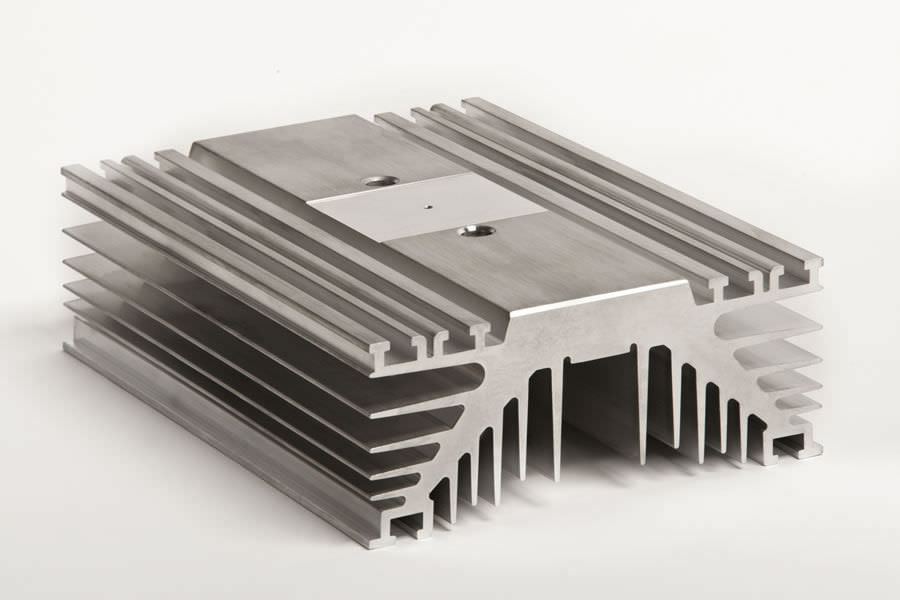
What Exactly Makes A Good Heat Sink?
If you just keep in mind the general factors, it leads to the fact that any heat sink matching your requirements completely is a good heat sink. However, you can use some more factors to analyze whether a heat sink is a right choice for you or not. A good aluminum heat sink is manufactured using the right material to perform all the functions properly.
Another factor that ensures a good heat sink is thermal conductivity or interference between the component and the heat sink. Heat sinks are designed to prevent overheating of your electronics. Therefore, the materials used for the heat sink should be high-quality materials. Heat sinks require optimizing airflow and speed to dissipate the heat effectively.
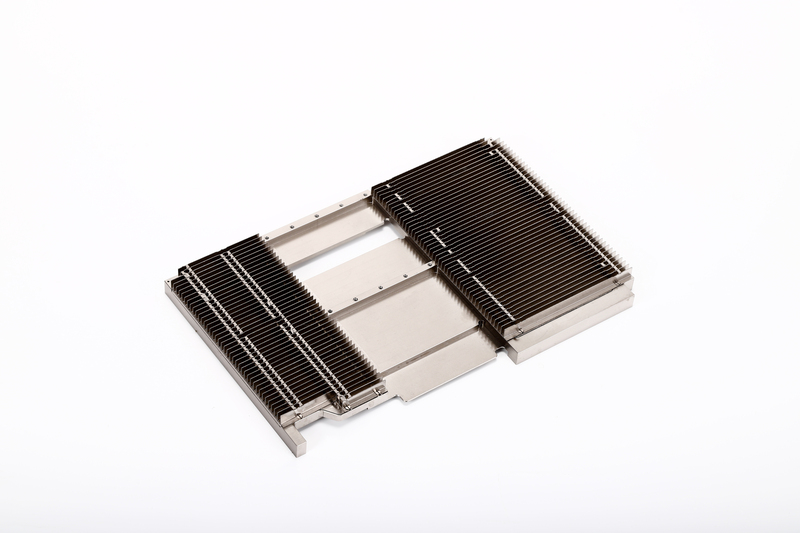
In simple words, the success of a heat sink depends on optimization. This will impact the choice of factors such as cost, materials, mass, size, and complexity of heat sink design. Most good heat sinks are manufactured through aluminum alloy due to easy manipulation and softness.
You can also bond aluminum alloy with a copper plate to make it more effective. A good sink is usually designed with maximum heat flow and minimum thermal resistance. The position of thermal interference material also indicates the effectiveness of your heat sinks.
To ensure that you design a good heat sink, you must know about ambient operating temperature, maximum operational limits, heat dissipation characteristics of your device, and overall system dissipation. An optimized heat sink is designed based on cost targets, accessibility, location, and space.
What To Consider When Choosing The Best Aluminum Heat Sinks?
- Multiple factors help you choose the best heat sink. One main factor is heat flow, which you can determine through thermal conductivity, thermal resistance, efficient surface area, and cooling. The best heat sink doesn’t only refer to optimized performance but also helps with the design’s cost, mass, size, and complexity.
- A good manufacturer will combine a cost-effective and practical design for your thermal management system. You can get the best results by finishing the surfaces and optimizing machining. There are methods such as natural convection, liquid cooling, and forced convection. Extruded aluminum heat sinks with natural convection are the best options.
- In short, you have to analyze cost, weight, manufacturer, and choice of materials for the best heat sink design. You can consult any expert manufacturer to give you the best advice for your heat sink designs. Pioneer Thermal is one of those manufacturers that help you with your thermal problems.
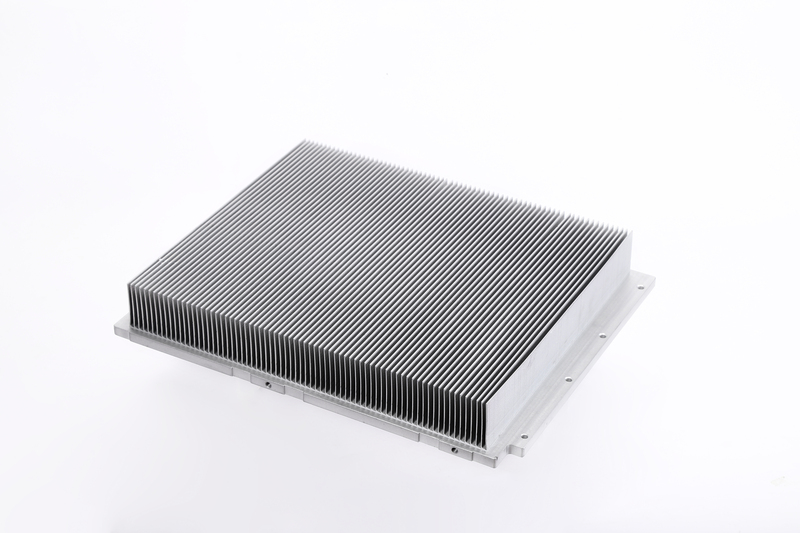
Conclusion
Understanding the aluminum heat sink is not rocket science but scientific. Choosing an aluminum alloy for your heat sink can be your best decision. However, the story doesn’t end with choosing the right heat sink. You need to have an excellent manufacturer for your heat sinks. A good manufacturer can also provide you with custom heat sink solutions.
This is what you will find at Pioneer thermal. With over 19 years of experience with multiple clients, Pioneer Thermal can be your best heat sink partner. You can Contact Us now to discuss your heat sink designs. Our professionals are always available to help you deal with your thermal management problems.
